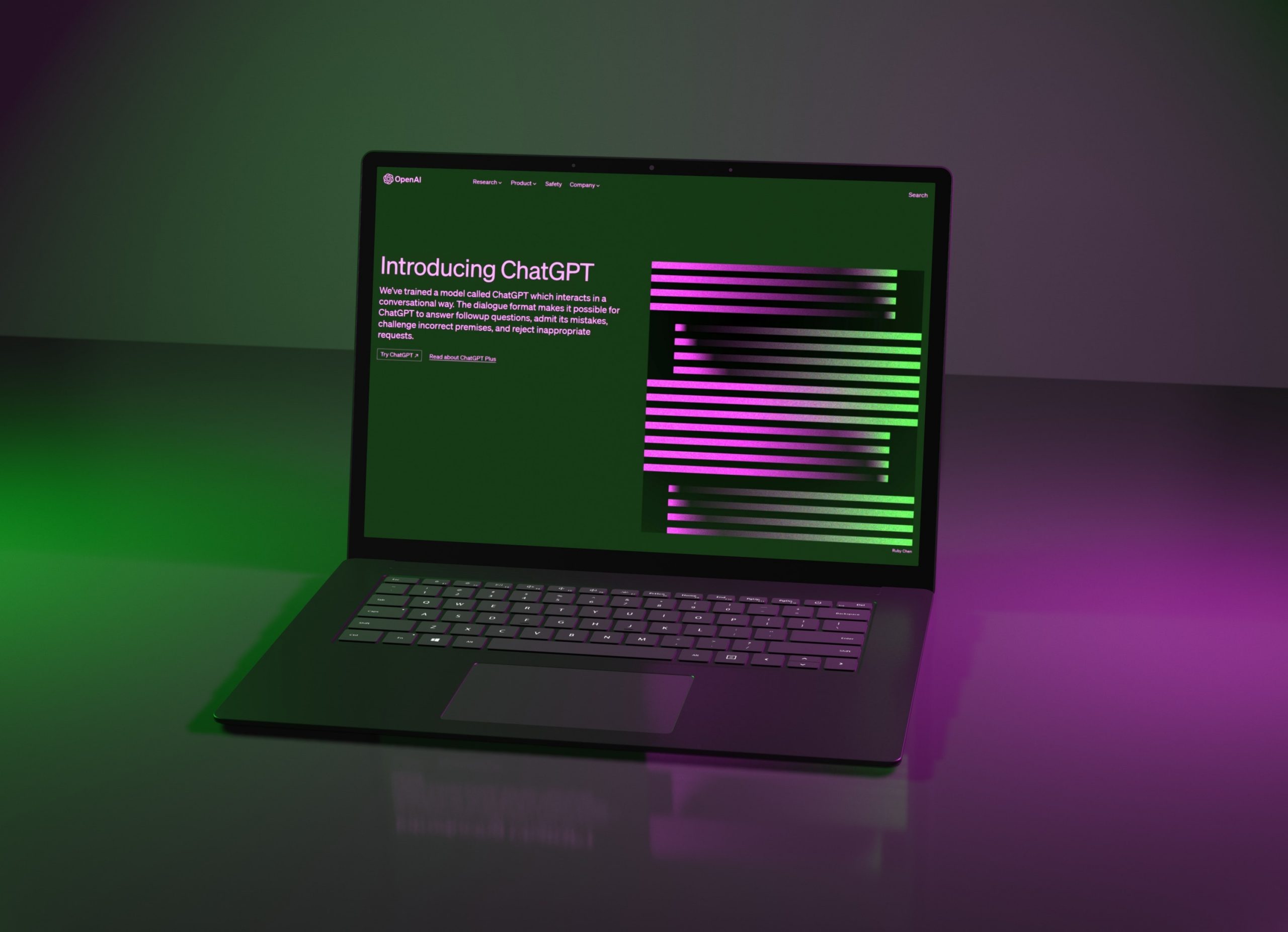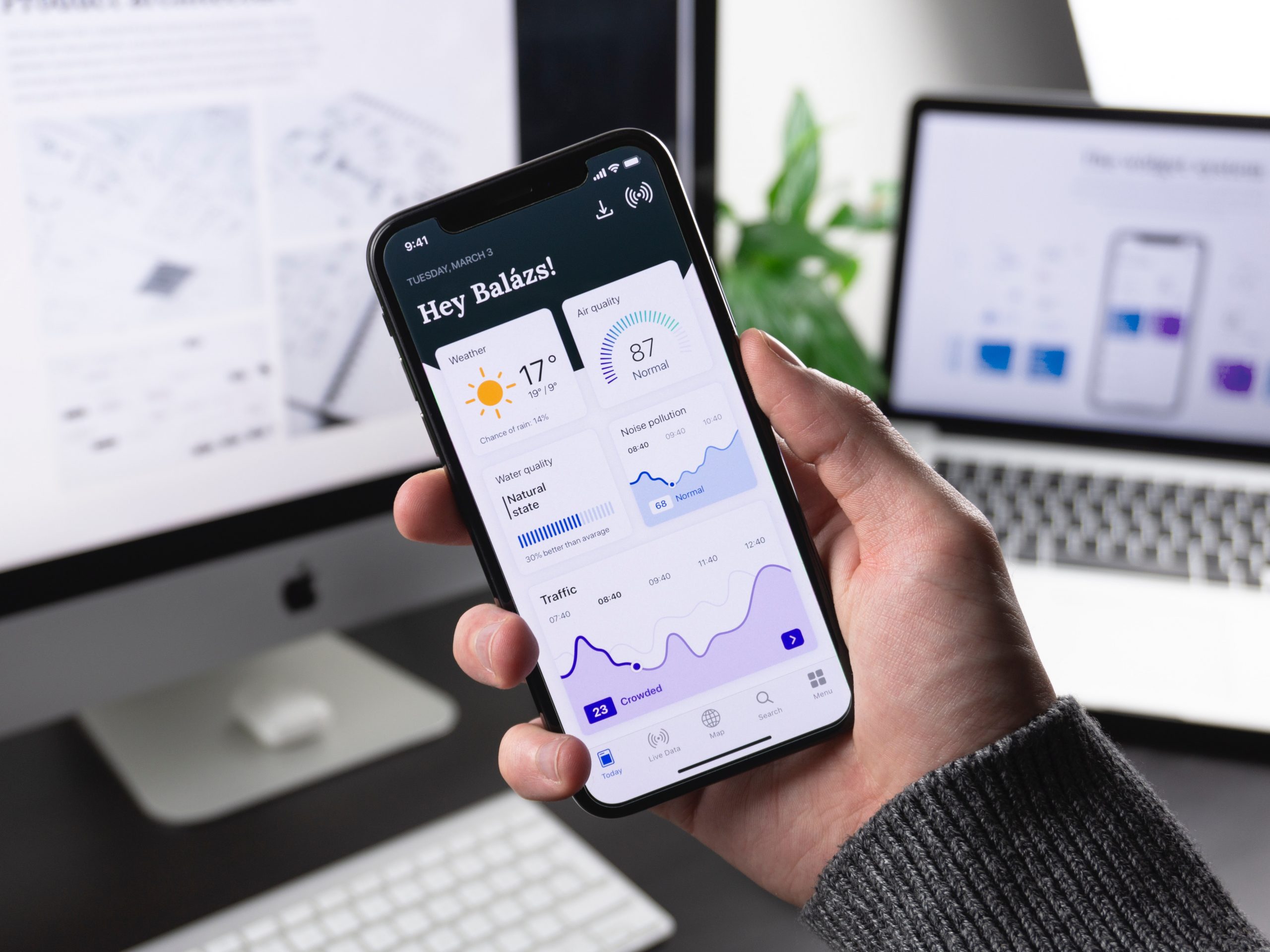Educational apps have become increasingly popular in recent years, as the importance of technology in education continues to grow. They provide students with a convenient and interactive way to learn, making complex concepts more accessible and engaging. If you are considering building an educational app, you may be wondering about the cost involved. In this article, we will explore the factors influencing the cost of app development, break down the cost to build an educational app, discuss the role of location in app development costs, present case studies of the cost of building educational apps, and provide ways to reduce the cost of educational app development.
Types of Educational Apps
In the ever-evolving landscape of education, the integration of technology has revolutionized the way we learn and teach. Edtech startups are capitalizing on this transformation, and here are some prominent types of educational apps that offer promising opportunities for entrepreneurs:
Language Learning Apps
Language learning apps are designed to help users acquire new languages through interactive lessons, quizzes, and practice exercises. They cater to learners of all levels, from beginners to advanced. Duolingo is a prime example, offering a gamified language learning experience that covers a wide range of languages.
Learning Management System (LMS) Apps
Learning Management System apps provide a platform for educational institutions, trainers, and organizations to manage and deliver courses and content online. They facilitate course creation, student enrollment, and assessment. Canvas by Instructure is a widely-used LMS that empowers educators to create engaging online learning experiences.
Classroom Education Apps
These apps aim to enhance traditional classroom education by providing tools for teachers and students to collaborate, share resources, and manage assignments and schedules. Google Classroom streamlines classroom management, offering features for teachers to organize lessons and students to submit assignments digitally.
Online Courses Apps
Online courses apps offer a vast array of courses on various subjects, allowing learners to acquire new skills or deepen existing knowledge. They often include video lectures, quizzes, and peer interaction. Coursera is a prominent platform offering courses from top universities and institutions, making high-quality education accessible to a global audience.
Exam Preparation Apps
Exam preparation apps help students prepare for standardized tests and exams by providing practice questions, mock tests, and study materials. Khan Academy offers comprehensive resources for test preparation, including SAT and GRE prep, along with a wide range of educational content.
Education Apps for Kids
Designed for young learners, these apps are engaging and interactive, helping children develop essential skills such as literacy, numeracy, and critical thinking through games and activities. ABCmouse offers a rich and immersive learning environment for children aged 2-8, covering a variety of subjects.
Each of these educational app categories presents a unique opportunity for entrepreneurs to make a meaningful impact in the edtech space. Whether you’re passionate about language education, online courses, or fostering early childhood development, the potential for innovation in the education technology sector is vast, making it an exciting arena for startup ventures.
Must-Have Features of Successful Educational Apps
Intuitive User Interface (UI)
A user-friendly interface is paramount. It should be easy to navigate, with clear menus, well-organized content, and an intuitive design that caters to users of all ages and tech backgrounds.
Personalized Learning Paths
Personalization is a key driver of engagement and effective learning. The app should adapt to individual user needs, offering customized content, recommendations, and learning progress tracking.
Content Variety
Diverse and rich content is essential. Educational apps should offer a wide range of resources, from text and video to interactive simulations, to accommodate different learning styles and preferences.
Gamification Elements
Gamification adds an element of fun and motivation to learning. Incorporate features like badges, leaderboards, rewards, and challenges to keep users engaged and motivated.
Offline Access
Accessibility is crucial. Users should be able to download content for offline use, ensuring uninterrupted learning, especially in areas with limited internet connectivity.
Progress Tracking and Analytics
Comprehensive progress tracking allows users to monitor their learning journey. Analytics help educators and learners identify strengths, weaknesses, and areas for improvement.
Collaboration and Social Interaction
Encourage collaboration and social learning. Features like discussion forums, peer-to-peer interaction, and collaborative projects foster engagement and knowledge sharing.
Feedback and Assessment
Regular feedback and assessments help users gauge their understanding. Interactive quizzes, assignments, and immediate feedback mechanisms enhance the learning process.
Security and Data Privacy
Ensure robust security measures to protect user data and maintain data privacy compliance. Users must trust that their information is handled with care and confidentiality.
The Development Process of an Educational App: Navigating the Path to Edtech Startup Success
Embarking on the journey to create an educational app demands a well-structured development process. Here’s a step-by-step guide to help you navigate the path from ideation to a thriving Edtech startup:
Identify Your Target Audience
Begin by defining your ideal users. Consider factors like age, education level, subject interests, and learning objectives. A clear understanding of your target audience will shape your app’s content and features.
Craft the Idea and Outline Key Features
Develop a clear and compelling concept for your educational app. Identify the core features that will address your users’ needs and enhance their learning experiences. Prioritize features based on their importance and feasibility.
Create an Engaging User Interface and User Experience
Design an intuitive user interface (UI) that appeals to your audience and aligns with your educational content. User experience (UX) should be smooth and engaging, ensuring that learners remain immersed in the learning process.
Select the Development Approach
Choose the most suitable development approach for your app, considering factors like your budget, timeline, and technical requirements. Options include native app development (iOS and Android), cross-platform development, or web-based apps.
Project Time and Cost Estimation
Estimate the time and budget required for app development. This step involves calculating development costs, which can include design, coding, testing, and initial marketing expenses. Ensure your budget aligns with your project scope.
Build a Minimum Viable Product (MVP)
Develop a Minimum Viable Product (MVP) with essential features to validate your app concept. The MVP allows you to gather user feedback, identify potential improvements, and test the market with a lower initial investment.
Enhance and Provide Ongoing Support for Your Educational App
Continuously improve and expand your app based on user feedback and evolving educational needs. Offer regular updates, bug fixes, and enhancements to keep users engaged and satisfied. Provide exceptional customer support to address user queries and issues promptly.
Navigating the development process of an educational app requires a combination of creativity, technical expertise, and a commitment to educational excellence. By following these steps and remaining adaptable to changes in the edtech landscape, you can position your startup for success in the ever-growing world of educational technology.
What’s the Cost of Educational App Development?
Building an educational app involves various costs that need to be considered. Let’s dive into the details and break down the cost factors involved in developing such an app.
Development Team Costs
The development team plays a crucial role in the app development process. It typically consists of a project manager, developers, designers, and quality assurance testers. The cost associated with the development team depends on several factors, including the size of the team, their experience and expertise, and the duration of the project.
Having a skilled project manager is essential for overseeing the development process, coordinating tasks, and ensuring timely delivery. Experienced developers bring expertise in coding languages and frameworks necessary for building a robust and functional app. Talented designers contribute to creating visually appealing interfaces, while quality assurance testers ensure that the app works seamlessly across different devices and platforms.
One of the primary cost factors in educational app development is the team behind it. The development team typically consists of skilled professionals such as developers, designers, and QA testers. The hourly rates for these professionals can vary based on their expertise and location. In the UK, for instance, you can expect hourly rates of approximately £40 to £100 for developers, £30 to £80 for designers, and £20 to £60 for QA testers. Keep in mind that the size and composition of your team will depend on your app’s complexity and your development approach.
App Design Costs
The cost of app design is another significant factor to consider. It encompasses various aspects, including the creation of wireframes, prototypes, and visual designs. A well-designed educational app not only attracts users but also enhances their overall experience.
Creating wireframes and prototypes helps in visualizing the app’s structure and functionality before the actual design process begins. This step allows for early feedback and iterations, ensuring that the final design meets the desired objectives.
The visual design of the app involves creating an aesthetically pleasing user interface (UI) and user experience (UX). A clean and intuitive UI enhances user engagement and makes navigation seamless, while a well-thought-out UX ensures that users can easily access and interact with the app’s educational content.
App design plays a critical role in user engagement and satisfaction. Design costs can vary based on the complexity of your app’s interface and the number of screens and elements to be designed. A simple, user-friendly design might cost around £5,000 to £15,000, while a more intricate design with custom graphics and animations could range from £15,000 to £40,000 or more. Specific design features, such as creating engaging interactive content or 3D elements, can add to these costs.
Backend Development Costs
The backend development of an educational app involves building servers, databases, APIs, and other infrastructure components that power the app’s functionality. The complexity of the backend determines the associated costs.
The backend of your educational app is responsible for data storage, user management, and functionality that occurs behind the scenes. The complexity of your app’s backend will influence costs. For basic functionality, you might expect backend development costs in the range of £10,000 to £30,000. However, if your app requires advanced features like real-time collaboration, AI-driven recommendations, or extensive data processing, the backend development costs can exceed £50,000.
An educational app that requires extensive data storage, user management, or real-time communication features will have higher backend development costs. For example, if the app needs to store large amounts of user-generated content, such as quizzes, assignments, or progress tracking data, it requires robust and scalable database solutions.
Additionally, if the app requires user authentication and management features, such as user profiles, progress tracking, or personalized recommendations, the backend development needs to include secure and efficient user management systems.
Furthermore, if the app aims to provide real-time communication features, such as chat or discussion forums, the backend development costs will increase due to the implementation of real-time messaging protocols and server infrastructure.
| Cost Component | Estimated Cost Range (in GBP) |
|---|---|
| Development | £50,000 – £200,000 |
| Design | £10,000 – £50,000 |
| User Interface (UI) Design | £10,000 – £50,000 |
| User Experience (UX) Design | £10,000 – £50,000 |
| Content Creation | £10,000 – £50,000 |
| Interactive Features | £20,000 – £100,000 |
| Assessment Modules | £10,000 – £50,000 |
| Progress Tracking | £10,000 – £50,000 |
| User Engagement | £10,000 – £50,000 |
| Testing | £5,000 – £30,000 |
| Deployment | £2,000 – £10,000 |
| Maintenance and Support | £20,000 – £100,000 |
| Total | £157,000 – £740,000 |
Summing up the costs of educational app development, it’s essential to recognize that the final price tag can vary widely based on your specific project requirements. On average, educational app development costs in the UK can range from £40,000 to £150,000 or more, depending on factors such as features, design complexity, and the development team’s rates. To obtain an accurate cost estimate for your unique app concept, it’s advisable to consult with experienced app development professionals who can provide a tailored quote based on your specific needs.
Ways to Reduce the Cost of Educational App Development
While developing an educational app can involve significant investments, there are strategic approaches to help manage costs without compromising quality. Here are some effective ways to reduce the cost of educational app development:
Set Clear Project Scope
Defining a clear and well-documented project scope is essential. Clearly outline the app’s objectives, features, and functionalities from the outset. A precise scope minimizes the likelihood of costly changes or additions during the development process.
Prioritize Features
Identifying and prioritizing essential features based on user needs and the app’s primary purpose is a cost-saving strategy. Focus on the core functionalities that deliver the most value to users. This not only streamlines development but also ensures a more focused user experience.
Choose the Right Development Team
The selection of your development team is pivotal. Partnering with experienced professionals who understand your project’s goals can help you avoid costly mistakes and inefficiencies. Consider factors like expertise, rates, and the team’s track record when making your choice.
By implementing these strategies, you can optimize your educational app development process and effectively manage costs. A well-defined project scope, feature prioritization, and the right development team can make a significant difference in creating a high-quality educational app that fits your budget and fulfills your educational objectives.
Case Studies: Building Educational Apps with WeSoftYou
WeSoftYou is an education software development company that offers open and transparent EdTech development process to deliver top-notch solutions. With our educational solutions, your company will gain from more student engagement and learning digitization Let’s review some of our success cases in educational software development.
Living Security: Gamified Сybersecurity e-Learning Web Platform for Fortune 500 Enterprises
Living Security provides realistic cyber security training using an “escape room” experience. The company’s primary objectives are to lower cyber risk and build user cybersecurity awareness. The WSU team contributed to digitizing current security awareness training and created the first fully remote human risk management platform for cyber security. We made it accessible to more than 1000 organizations worldwide.
Circle Economy: E-Learning Content Management Aggregator for Circle Economy
Circle Economy is a social enterprise that separates the demands for resources and growth to create natural and regenerative industrial systems. The company is on a mission to hasten the transition to a circular economy by developing scenarios for how to get there. The portal developed by WeSoftYou offers a collection of 2,000 case studies on the circular economy, as well as frameworks for circular strategies and policy tools available on the Knowledge Hub to eliminate the knowledge barrier on the topic.
Go-Rilla: CRM Performance-Based Advertising Finance Platform
Go-Rilla is a performance-based mobile, video, apps, and Facebook advertising agency. It gives publishers and advertisers access to premium channels while providing them with volume from DSPs and major brands. Our team has designed a sophisticated CRM side for this platform with billions of monthly impressions and offers. It combined a kind smile, clever technology, committed service, and sophisticated targeting options for apps, mobile, video, and social inventory.
Conclusion
Building an educational app comes with its associated costs, but it can be a worthwhile investment considering the advantages offers – a vibrant tech ecosystem, skilled professionals, and access to resources. WeSoftYou, with its expertise in educational app development, can guide you through the process and help you create an app that delivers a seamless and engaging learning experience.
Contact WeSoftYou today for a free consultation or project estimation. Our experienced team will be happy to discuss your educational app development needs and provide tailored solutions to fit your budget and requirements. Take the first step towards transforming education with technology!
Read how much does it cost to build Productivuty App in London.
FAQ
The cost of developing an educational app can vary widely based on factors such as the app’s complexity, features, design, and the location of the development team. In the UK, for instance, creating a basic educational app might start at around £20,000 to £40,000, while more complex apps with advanced features can cost upwards of £100,000 or more. It’s essential to define your app’s specific requirements to get an accurate cost estimate.
Determining the “best” educational apps depends on your specific needs and goals. However, several highly regarded educational apps cater to various subjects and age groups. Some notable examples include Duolingo for language learning, Khan Academy for math and science, Coursera for online courses, and Quizlet for study aids. The best app for you or your target audience will depend on the subject matter and learning objectives.
The time required to build an educational app can vary significantly based on factors like complexity and features. Developing a simple app might take a few months, while more complex projects can extend to a year or more. It’s crucial to work closely with your development team to create a realistic timeline based on your app’s specific requirements.
While it’s possible to perform basic updates and maintenance on your educational app, it’s often more efficient to have a dedicated development team or professional handle this work. App maintenance involves tasks like bug fixes, updates to accommodate new operating systems, and adding new features. A skilled team can ensure the app remains functional, secure, and up-to-date, allowing you to focus on content and user experience.
App maintenance costs can vary based on the complexity of your app and the frequency of updates. As a general guideline, maintenance costs typically range from 15% to 20% of the initial development budget annually. However, this can vary widely. It’s essential to budget for maintenance to ensure the long-term success and usability of your educational app.





















